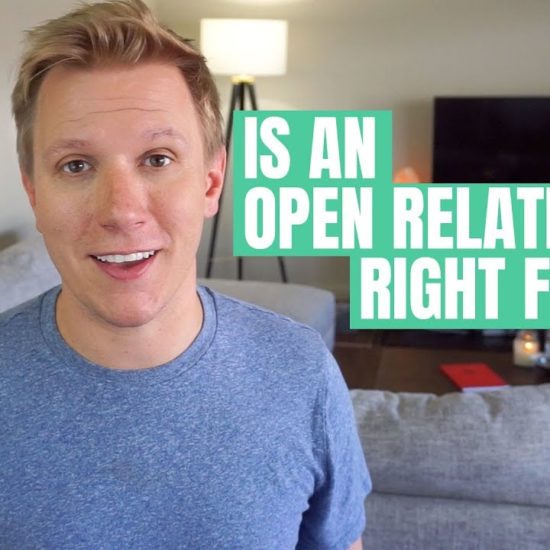If you’ve ever wanted to ask your boyfriend something and not been sure how to do it (whether it’s something small like taking out the garbage or something bigger like tackling jealousy, ), you are not alone. I have been there and so have so many people that i’ve worked with over the years.
Today, I am going to share with you how you can put all the steps of nonviolent communication together to make a request from the person you’re dating or married to in a way that will help you get what you ultimately want and need.
Nonviolent communication is a framework developed by Marshall Rosenberg. For some more videos on how nonviolent communication can help you have a happier, healthier relationship, watch these videos
and check out the Center for Nonviolent Communication for more
The final step is to put it all together: make a request to help get those needs met and address whatever it is that’s going on!
When you’re applying NVC in the context of your romantic/sexual relationships, this is asking your partner to do something for or with you. You’re asking for a tactic in getting your needs met
In fact, even asking someone else to help is a tactic. There are often ways to get your needs met all on your own — and that can be helpful for you to work on, too!
So…if you’re all up in your feelings in response to something specific with another person….
And you figured out what those feelings are…
And you know what you need….
Now it’s time to reach out to them.
Here’s how to do that in a nonviolent communication way: you share the findings of each of these steps with the person.
1. Share your observations of what happened.
Work on sharing in a way that focuses on the reality of what happened then on your subjective interpretation of intent. You can share how you felt in response (that’s the next step), but with NVC, the goal is to refrain from assingning blame or maknig a judgement about what went down.
2. Let your partner know how you feel.
This is where you can connect what happened to how you’re feeling. When this happened, I felt this way. Sometimes, we feel a certain way in response to not just what happened but to what we imagine it means. Even if we don’t want to, sometimes we just can’t help it. When that happens, I turn to a phrase that I learned from Brene Brown: “the story I’m telling myself…”
When X happened I felt Y and that’s in part because the story I’m telling myself is Z.
That makes space for airing the judgements you were making about the situation rather than bottling them in a way that places the responsibility for them on you, rather than the other person. You don’t accuse them, rather you acknowledge your own internal, usually involuntary, voice. (this all creates space for them to own up to it, if that is in fact what’s happening)
3. Explain how that feeling is connected to a need.
This is just sharing what you’ve already figured out by yourself: the feeling is pointing toward a need. At this point, it’s time to make a specific request: what do you want them to do?
4. Make a specific request
Do you want to ask for some words of reassurance? Do you want to go on a date? Do you want them to plan something? Or share their feelings? Or … whatever seems helpful in your context.
Asking for what you want might seem unromantic. We’ve been taught the myth that our partner is just supposed to know at all times exactly what we need and exactly what she should do.
How many times have you been in a relationship when you could really use some support and your partner is trying but not actually being helpful. Or on the flip side, when you want to help your partner but you just don’t know what to do!
There can be something really exciting — and sweet and romantic — about asking for specific support in getting your needs met and then your partner enthusistically doing that for you! If we’re trying to love our neighbor (or our partner) as ourself, we know what we would want, now we have to know what they want!
Getting exactly what you want and need from a partner who is lovingly and excitedly giving it is like having someone scratch that one spot that you can’t quite reach yourself. Ahhhh when you tell someone where The Spot is, it just feels so good!
If your partner does say no, perhaps you can ask for their reasoning so that you can understand them better. Or you could make a new request: would they be willing to help you come up with some ways they would be willing to help you fill that need?
(Alternatively, just because your partner asks you to do something to help me their needs, doesn’t mean you have to do it! If you want to support them but don’t want to or can’t do exactly what they asked, you can say that! And work together to come up with some ideas that work for everyone)
That’s the gist of it!
Nonviolent communication has been so helpful for me and I hope it can be helpful for you. If you want to dive deeper, I can’t recommend Nonviolent Communication by Marshall Rosenberg enough.


